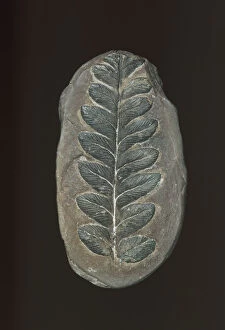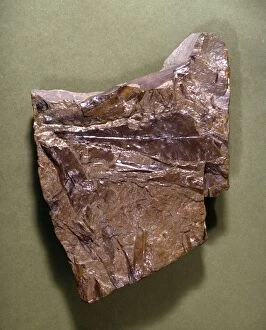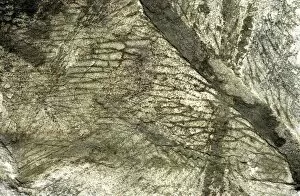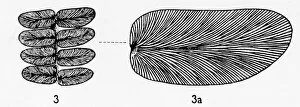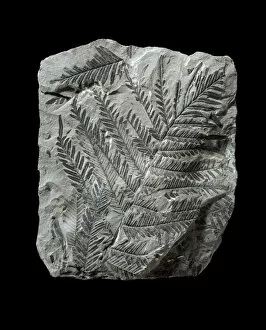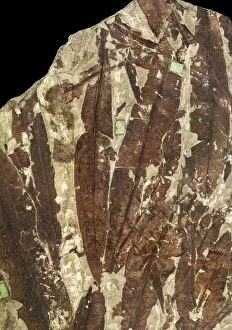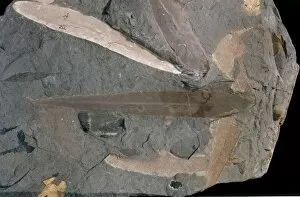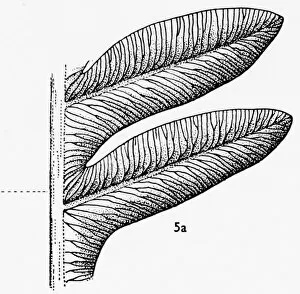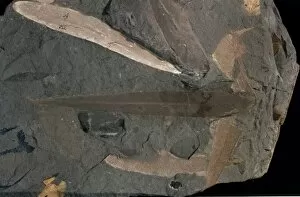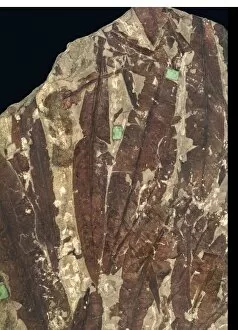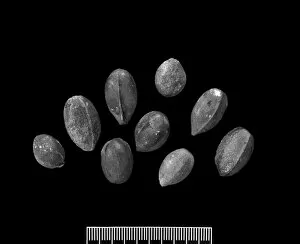Pteridospermatophyta Collection
"Pteridospermatophyta: A Glimpse into the Ancient World of Seed Ferns and Fossilized Plants" Step back in time and explore the fascinating world of Pteridospermatophyta
For sale as Licensed Images
Choose your image, Select your licence and Download the media
"Pteridospermatophyta: A Glimpse into the Ancient World of Seed Ferns and Fossilized Plants" Step back in time and explore the fascinating world of Pteridospermatophyta, a group of ancient plants that thrived millions of years ago. Among them, Mariopteris muricata stands out with its intricate fronds resembling delicate feathers, while Glossopteris indica reveals itself through Antarctic fossil leaves that tell tales from a distant past. Delving deeper into the realm of fossils, we encounter Glossopteris C016 / 4852 - a fern fossil that whispers secrets about an era long gone. Its counterpart, another Antarctic fossil leaf named Glossopteris indica, adds to our understanding of prehistoric ecosystems. As we continue our journey through time, Neuropteris gigantea emerges as a majestic pteridosperm. With its grandeur and beauty preserved in stone, this species captivates us with its unique characteristics. Moving on to seed ferns, Alethopteris lonchitica takes center stage. This remarkable plant showcases its fossilized remains from ages past when it flourished across ancient landscapes. Meanwhile, Dicroidium presents itself as a prehistoric seed plant from the Triassic period—a testament to nature's resilience throughout millennia. Against a white background stands Alethopteris zeilleri tree—a striking image frozen in time—an emblematic representation of an extinct species forever captured within layers upon layers of history. The story continues with glimpses into the reproductive cycle—fossilized seed fern seeds (C016 / 5948) and seed fern fossils (C016 / 5953). These remnants offer insights into how these plants propagated themselves during their prime existence. Finally, Gymnosperm (C016 / 5945), another captivating find among these ancient wonders reminds us how diverse and awe-inspiring the plant kingdom once was.

